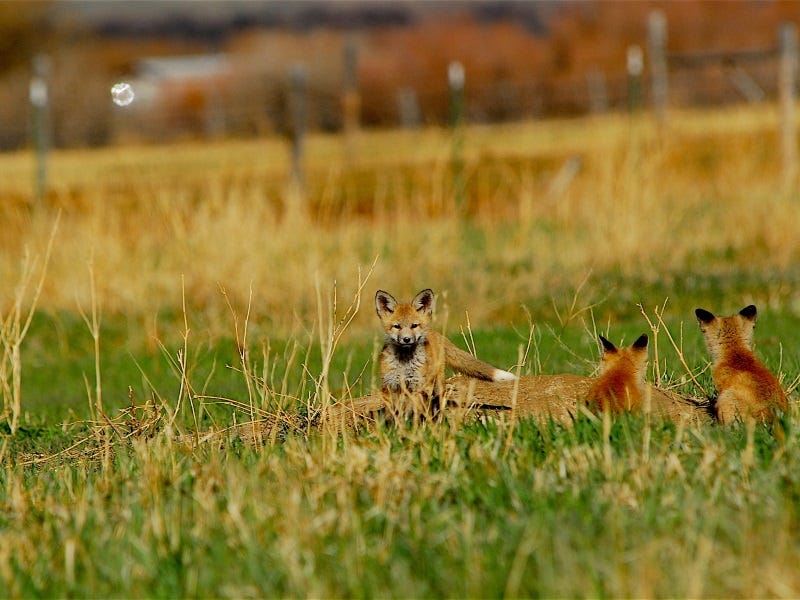Raising Chickens: Keeping Predators Away from your Flock

By Nutrena Poultry Experts

Chickens, unsurprisingly, are near the bottom of the food chain. Predators that live on the ground and in the sky find chickens to be the perfect meal. When we decide to raise poultry, we also make a commitment to ensure their safety to the best of our ability. We’ve gathered some helpful tips to keep predators away from your flock.
To start the effort, you need to think like a predator. Is there anywhere an unwelcome visitor could dig under to get into the coop? Could an animal get the coop door open? Is the top of the coop secure? After asking those questions, take a look at the chicken run and ask yourself the same questions. Could a fox dig under the fence? Could a hawk swoop in from above?
Obviously, there are considerations for free-range chickens, too, and these can be more problematic than dealing with chickens in a coop. You’ll need to pay close attention to the surroundings to ensure the future of your flock.
Free-Range Protection
Surprisingly, domestic dogs are the biggest killers of backyard chickens. Dogs love to chase, and if they aren’t used to free-range hens, they will chase, catch and most likely kill. Usually, once a dog knows chickens are nearby, and they’ve made a chase or kill, they will come back for more. If you have neighboring dogs that often end up in your yard, you probably don’t want to free-range your chickens, and you will have to dog-proof your coop and run, just as you would for coyote protection. There are some dogs breeds, however, that can protect a flock. Breeds with a herding or protection instinct can be great flock guards.
Free-ranging your flock is a decision that must be balanced with reality. Your flock will love the freedom and foraging, but you should be realistic that a loss may very well occur. Having a protective dog in this case, can help.
Another way to help prevent predators is electric fencing. Commercial chicken fencing is available and implementing it into your protection plan allows your flock to free range over a large area. This will not prevent losses from raptors, but it deters other animals from trying to go through the fencing.
A Secure Coop and Run
While a coop secure as “Fort Knox” may not be realistic, there are common mistakes poultry owners make when predator-proofing a coop. Certainly, patching holes in fencing is a given. Some predators can maneuver latches and doors that appear secure. Consider a double latch, a swivel hook or a more complex latch for the coop.
Fencing around the run should also be anchored and dug into the ground, six inches deep, at installation. You can also lay hardware cloth flat on the ground around the run. Then, cover the hardware cloth with soil to secure it. Automatic doors can be expensive, but are a worthwhile investment when protecting against night-loving predators that can easily access the run. If birds of prey, like hawks, are a concern, netting that hangs over the run is a easy way to prevent losses.
Regularly walk the perimeter of your coop and run to look for new holes or access points to keep your predator proofing efforts up to date and worthwhile. With regular review, you’ll do your part to keep your flock safe from unwelcome guests.
